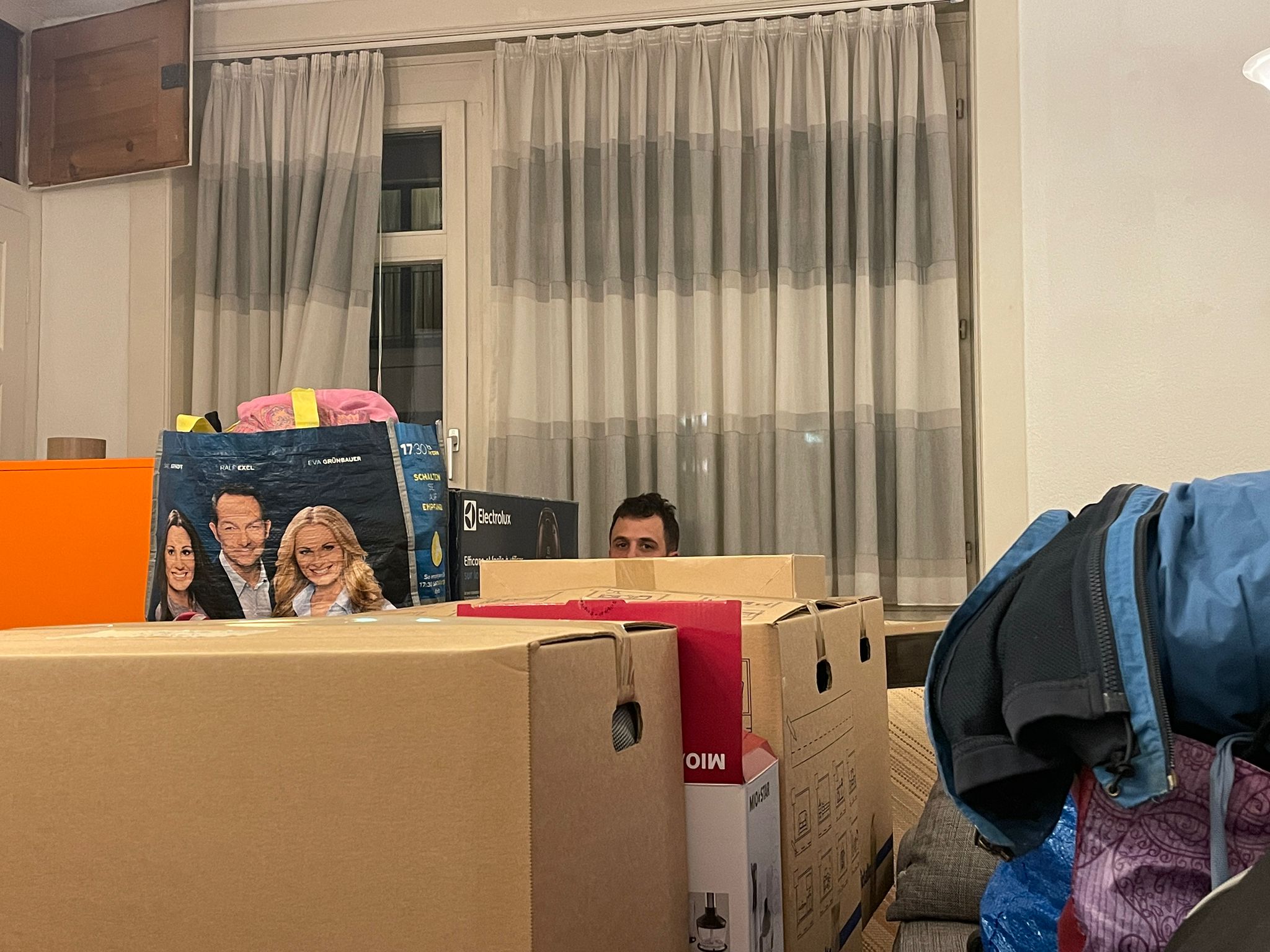
About me:
I used to be an assistant professor in the Geometry, groups and dynamics group at ETH Zurich.
The webpage and I moved to the University of Neuchâtel.
Come visit the Mathematical Institute at the University of Neuchâtel!

About me:
I used to be an assistant professor in the Geometry, groups and dynamics group at ETH Zurich.
The webpage and I moved to the University of Neuchâtel.
Come visit the Mathematical Institute at the University of Neuchâtel!